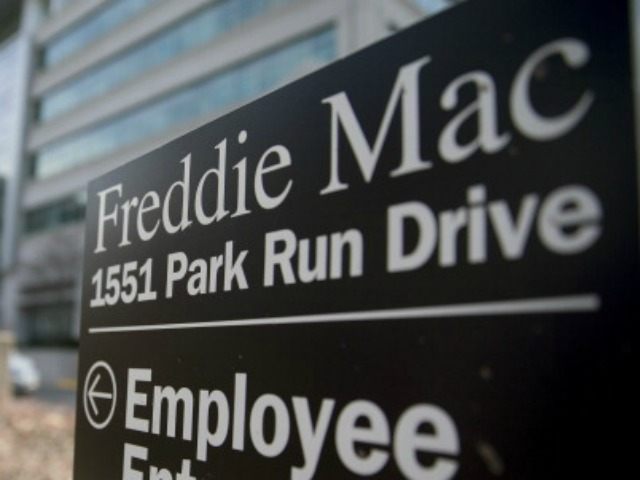Fannie Mae and Freddie Mac could produce $142.4 billion in revenues for the U.S. Treasury over the next ten years, according to the budget proposal released Wednesday by the White House.
The mortgage finance companies, which have operated under conservatorship since their near collapse in 2008, are backed by a commitment of $445.5 billion of promised taxpayer funding, of which $187.5 billion has been drawn upon to support the companies. In exchange for this government support, Fannie and Freddie pay a quarterly dividend to the U.S. government in an amount equal to nearly all of their quarterly profits or the equivalent of their positive net worth. To date, these dividends have amounted to $265.8 billion.
The White House’s budget assumes the current arrangements remain in place while noting that the administration has publicly expressed its desire to work with Congress to comprehensively reform the housing finance system. The impact of reform on the budget projections cannot be estimated, according to the White House budget analysts.
The projections show a decline from earlier estimates, indicating that the administration expects the profitability of Fannie and Freddie to decline over time. Two years ago, the Obama administration estimated a ten year return of $191 billion dollars from Fannie and Freddie’s dividends.
The new projections could undermine the arguments by hedge funds and other shareholders who have filed several lawsuits claiming that the net worth seep adopted in 2012 is an undue burden on the companies. Under the original terms of their bailout, each company would have had to pay an annual dividend equal to 10 percent of the funding drawn to support them plus an additional $1 billion, a total of $18.94 billion per year. The new budget projections indicate that earnings over the next ten years would have fallen short by several billion dollars to support this dividend.
Fannie and Freddie do not make mortgage loans. They provide liquidity to the mortgage market by buying mortgages from lenders, packaging these as securities whose principal and interest payments they guarantee, and selling the securities to investors. The Federal Reserve is the largest purchaser of Fannie and Freddie backed mortgage securities, typically buying more than the net new issuance of such bonds in any given month.

COMMENTS
Please let us know if you're having issues with commenting.